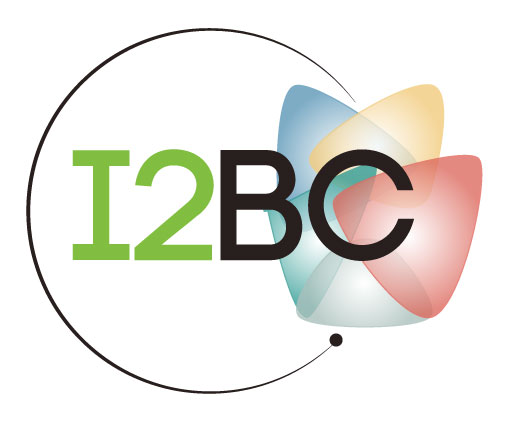The Genome Sequence of Streptomyces lividans 66 Reveals a Novel tRNA-Dependent Peptide Biosynthetic System within a Metal-Related Genomic Island.
Résumé
The complete genome sequence of the original isolate of the model actinomycete Streptomyces lividans 66, also referred to as 1326, was deciphered after a combination of next-generation sequencing platforms and a hybrid assembly pipeline. Comparative analysis of the genomes of S. lividans 66 and closely related strains, including S. coelicolor M145 and S. lividans TK24, was used to identify strain-specific genes. The genetic diversity identified included a large genomic island with a mosaic structure, present in S. lividans 66 but not in the strain TK24. Sequence analyses showed that this genomic island has an anomalous (G + C) content, suggesting recent acquisition and that it is rich in metal-related genes. Sequences previously linked to a mobile conjugative element, termed plasmid SLP3 and defined here as a 94 kb region, could also be identified within this locus. Transcriptional analysis of the response of S. lividans 66 to copper was used to corroborate a role of this large genomic island, including two SLP3-borne "cryptic" peptide biosynthetic gene clusters, in metal homeostasis. Notably, one of these predicted biosynthetic systems includes an unprecedented nonribosomal peptide synthetase-tRNA-dependent transferase biosynthetic hybrid organization. This observation implies the recruitment of members of the leucyl/phenylalanyl-tRNA-protein transferase family to catalyze peptide bond formation within the biosynthesis of natural products. Thus, the genome sequence of S. lividans 66 not only explains long-standing genetic and phenotypic differences but also opens the door for further in-depth comparative genomic analyses of model Streptomyces strains, as well as for the discovery of novel natural products following genome-mining approaches.

